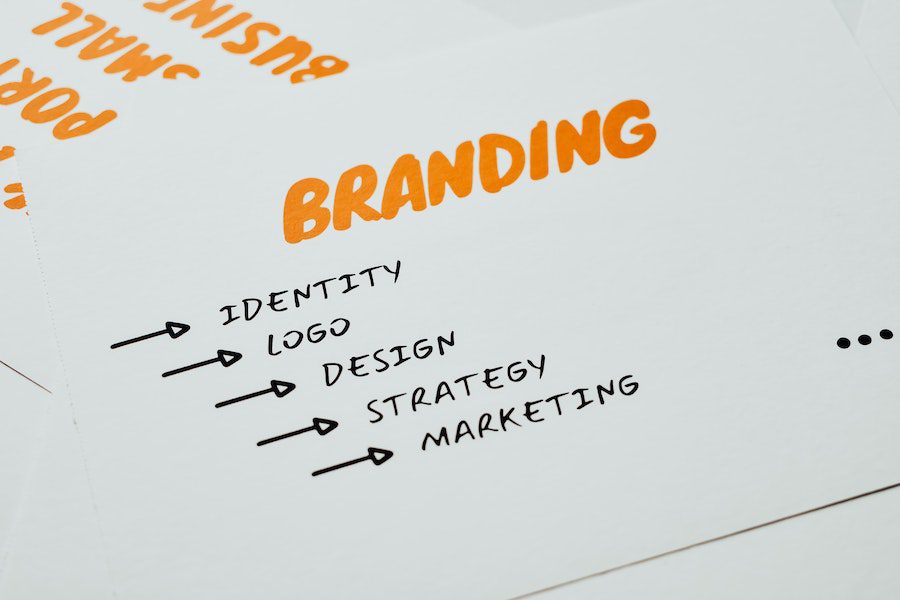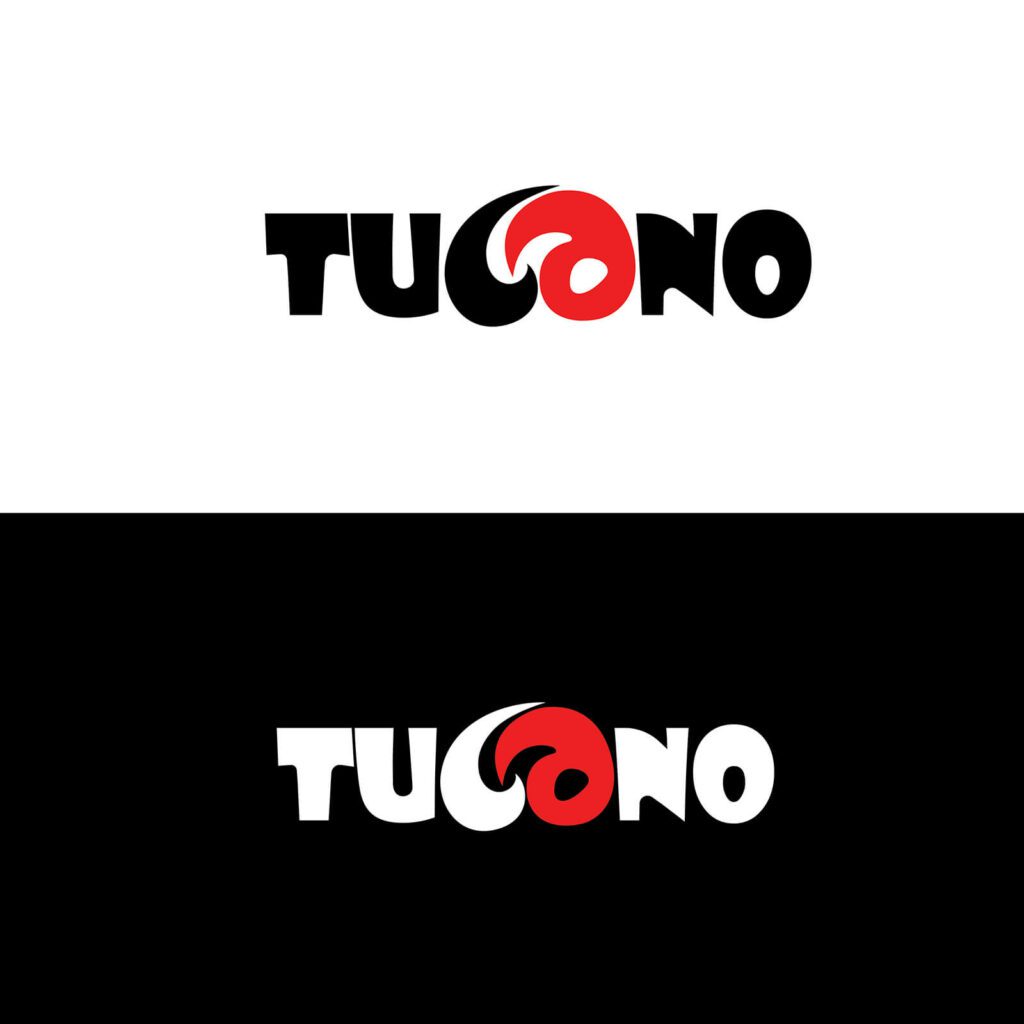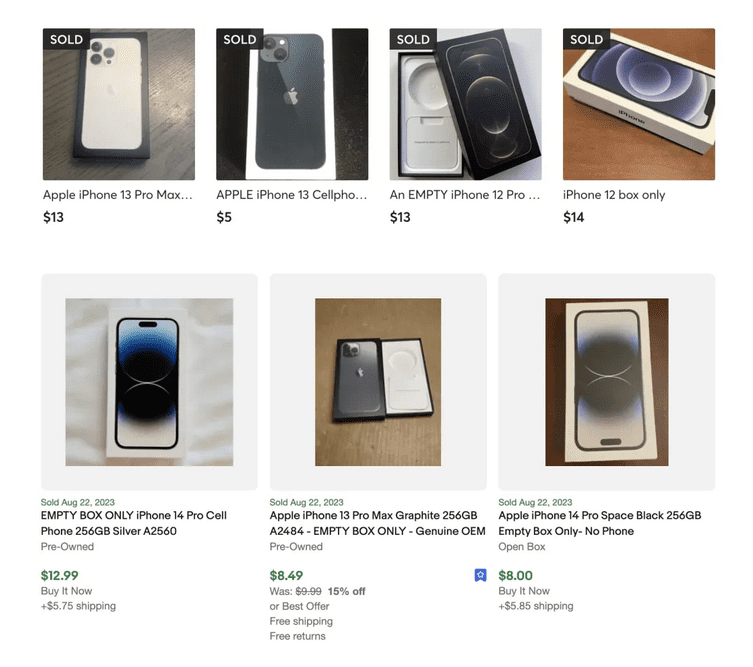Brand Management & Design: Expert Tips To Make Your Brand Unbeatable
When you create a business you are defining the products or services you are selling. Whereas when you create a brand, you are defining what your business stands for. You are defining the values that customers associate with and remember. So, how do you ensure that these values shine consistently across all platforms and content that represents your business? That’s where brand management comes in.

At a superficial level, brand management appears to be an obscure concept. Dig deeper and you’ll understand that this is the driving force behind the reputation of well-known brands around the world.
We’re here to lay the foundation for this today. We’ll talk about the need for brand management and some quick tips to get the ball rolling. We’ll also briefly talk about the role played by a brand’s designs in brand management.
Brand management – an overview of its importance
As the name indicates, brand management is the process of developing and maintaining a consistent brand. It is a set of strategies involved in creating a consistent brand image. In other words, it is about shaping the perceived value of a brand.
Evidently, to create a brand from a business and to help your brand stand out in a competitive space, you need robust brand management strategies. Other than that, here are some more benefits of paying attention to brand management:
- Branding consistency is a key aspect of brand management. And data shows that branding consistency helps improve the revenue by about 20%.
- Brand management helps ensure that your brand’s true identity is reflected. And this helps in establishing brand authenticity. This is a critical benefit considering the fact that about 88% of customers prioritize brand authenticity when choosing which brands to support.
- One of the main perks of brand management is that it helps foster customer loyalty. It helps acknowledge existing customers and keeps them coming back. And data shows that about 65% of business revenue comes from existing customers. Hence brand management is a key factor for sustained growth.
- Brand management helps align your brand with your target audience by clearly defining the brand values. In fact, shared values are known to fuel nearly 64% of brand relationships.
- Finally, brand management strategies help build trust. Now relate this to the fact that nearly 46% of consumers are willing to pay more for brands that they trust. What do you get? It’s evident that brand management helps increase profitability by building trust.
The core objectives and outcomes of brand management
Now that we’ve discussed some of the benefits that brands can reap upon focusing on brand management, let’s talk about some of the objectives they lay down for this. In other words, the measurable long-term goals that brands wish to achieve through their brand management strategies. We’ll also talk about ways in which brands can use visuals in various forms to achieve these objectives.
The first thing to remember is that in all of these, the core branding elements like logo design, brand colors, brand typography, taglines, and other branding designs like packaging, have a strong role to play. With this in mind, let’s talk about the brand management objectives.
1. Brand recognition
How well can customers identify your brand from the simplest of visual and auditory cues? Think of the signature robin blue of Tiffany & Co.. Or see what the below jingle does. Does it make you recall the McDonald’s brand?
That’s brand recognition. And this comes from strong brand management. Achieving this means that your brand is recognizable even in a crowded marketplace.
So why is brand recognition an important objective of brand management? Because brand recognition helps cut through the noise and fosters trust in your customers. This makes them feel more connected to your brand.
So, when you plan your brand management strategies to achieve brand recognition, how do you use visuals to achieve this?
Leveraging visuals for managing a brand and achieving brand recognition
Creating a simple and memorable logo is one of the first steps to achieving brand recognition. Customers do not have the time or patience to decipher complicated logos. So if your logo does not impress them at first glance, they are less likely to remember your brand and recognize it. Take the below logo, for example, its uniquely customized characters make it memorable.

Visual coherence in your brand and marketing materials is the next requisite. Because data shows that it takes about 5-7 impressions for customers to remember your brand. And these should be consistent impressions. Can you tell that the below designs are both for the same brand? The first one is a print design and the latter is a social media design. This recognition comes from the consistent use of brand elements like colors, fonts and even the illustration style.


2. Brand awareness
So we spoke about getting people to recognize your brand from visual cues. With that done, then comes the question of how much they know about your brand. Well-planned brand management strategies ensure that your brand stays top-of-mind among your target customers. Hence they are more likely to recall and consider your brand when making a purchase.
In short, brand awareness is essential when it comes to fostering trust and loyalty in customers.
How can you use designs in your brand management strategy in order to establish brand awareness?
Leveraging visuals for managing a brand and achieving brand awareness
Ensure that your brand logo and marketing visuals are straightforward in communicating what your brand does. For instance, use symbolism and industry-relevant colors in your brand logo to give cues about what your brand does. One glance at the below logo and you’ll be able to say what the brand is about. That’s a good example of using clear visual storytelling to achieve brand awareness.

Similarly, the Instagram logo uses a camera icon indicating that the platform is all about sharing photos! Such logo-based storytelling almost always works in establishing brand awareness.
Another brand element you can use to create brand awareness is your brand color palette. Pay attention to the nuances of color psychology to achieve this. Finally, use social media and other engaging communication channels to tell your brand’s story effectively and thus strengthen your brand awareness. Short videos that introduce your brand and static images that demonstrate your offerings are all quite effective.
Need help designing share-worthy social media posts for your brand? Get a KIMP subscription.
3. Brand equity
Having laid down the strategies to ensure that customers recognize your brand and are aware of what you offer, then comes the question of the perceived value of your brand. In other words, brand equity. Brand equity is what motivates customers to stay loyal to a brand and trust it even when several new products or brands arise in competition.
Brand equity is the long-term reward of resilient brand management strategies. Additionally, it is what helps a brand command premium pricing which is essential for the growth and profitability of the brand. Because with strong brand equity established, customers are willing to pay more and invest more in the brand. The ease with which brands like Apple and Samsung create their own ecosystems and diversify their portfolios confidently is because of their brand equity.
Leveraging visuals for managing a brand and achieving brand equity
Visual elements shape brand equity by influencing perceptions and emotions. Well-designed visuals convey identity, values, and qualities that resonate with the target audience.
Take, for instance, the trucking company’s logo below. The use of rugged and tough-looking design elements, fonts, and an overall visual style sends a clear message of durability and reliability, perfectly aligning with the demands of the trucking industry.

Packaging design is one of the biggest brand elements to consider in brand management in order to achieve brand equity. The fact that empty iPhone boxes find their space in online marketplaces and that there are collectors and resellers who pay money to buy them is a good example.
Apple’s design philosophy and its long-standing success in brand equity are the reasons behind this. It’s because Apple has consistently been using sleek and minimalistic packaging that depicts the values of the brand accurately.
Tips for effective brand management
Establish a strong visual identity
Create a strong visual identity for your brand by stitching together the visual elements like logo design, typography, colors, and visual styles that represent your brand’s unique personality. With this in place, all your branding designs and marketing designs should then be planned and executed to reflect this identity. Creating a clear and detailed brand style guide plays a critical role in achieving this.

Make the most of social media
To manage your brand effectively and create a solid brand image, consistent and clear communication is key. Social media is a powerful tool for achieving this. Crafting engaging posts that maintain visual and messaging consistency can help shape your brand’s image. By offering a clear and cohesive narrative, you enable customers to better understand and connect with your brand.
Well-established brands like Netflix, Nike, Coca-Cola, Subway, and KFC have leveraged the strength of social media to build and maintain their brand image. They maintain a robust presence and regularly engage with their audience.
For instance, Subway, the renowned sandwich chain, skillfully uses social media to engage with its audience through memes and interactive graphics.
Weave emotions into your marketing approach
By adding emotions as an extra dimension in your ads you manage to create deeper and more meaningful connections with your customers. And this is critical in brand management.
Brands like Google and Dove have mastered the art of creating emotionally charged campaigns that touch the hearts of their customers. The below ad from Google makes evokes a strong emotional response despite being such a simple one in terms of design and concept. These emotional responses help people recognize Google as more than just a search engine or a tech giant – but rather as a companion in life’s journey.
Prioritize community building
Once you establish your visual identity and use social media to evoke the right emotional response it is then about reinforcing customer relationships by creating a strong community.
There are many ways in which brands can work on their community-building strategies. Check out our blog here for all the details.
In short, it is about creating loyal customers who are more like fans rather than people who transact with your business.
Incorporate adaptability
Adaptability is one of the most impactful elements in brand management. Because your customers are changing, their expectations are changing and so are their purchasing behaviors. So, your brand needs to adapt to the changing trends in the market in order to keep up with your customers.
Take Old Spice for example. At one point the brand reached a stage where it was perceived as something for the older generation. But this was not the healthiest position for the brand considering that its competitors like Axe were doing really well with the younger generation. That’s when the brand adapted to the market and came up with its refreshed marketing approach. Campaigns like “The Man Your Man Could Smell Like” paved the way for this pivot in marketing.
The campaigns from there on have infused an element of humor and have established Old Spice’s distinct personality thus carving a niche for the brand in a competitive market. That’s how adaptability helps in brand management.
With that, we come to a close of our discussion regarding brand management. Let’s now get to the “how” part of it.
Get KIMP and design stunning visuals for effective brand management
As you can see, visual identifiers of your brand like your logo and ads all have a strong role to play in brand management. So, how do you create visuals that accurately tell your brand’s story and carve your brand’s image? By working with a dedicated team that handles all your print and digital designs thus making it easier to attain consistency. That’s where a KIMP subscription comes into the picture. Register now for a free 7-day trial.

